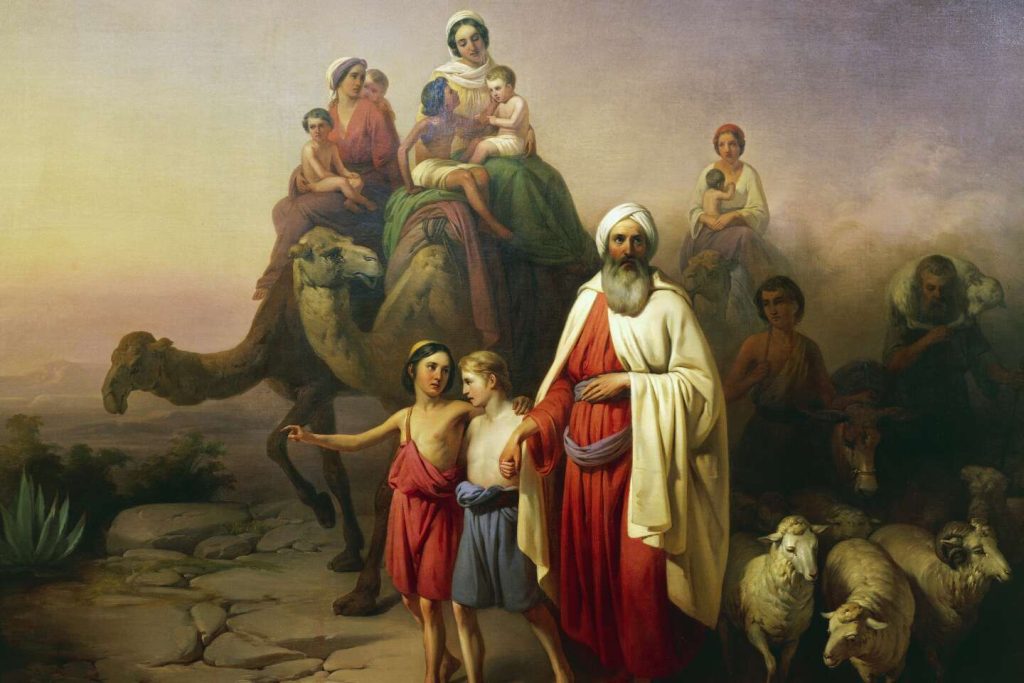Thomas Römer, a leading specialist in ancient Near Eastern studies, explores the emergence of major monotheistic figures in his latest book, “L’Histoire d’Abraham” (The Story of Abraham). The book, based on his lectures at the Collège de France, is a commentary on the biblical verses recounting the story of the patriarch Abraham. Römer discusses the importance of the symbols associated with Abraham, who is a common ancestor of Judaism, Christianity, and Islam. Abraham is initially portrayed as a deified ancestor whose tomb was revered in Hebron, according to the Bible.
Abraham is depicted as a figure who settled in Hebron after a divine order, leaving his homeland and family to go to a new land, as described in Genesis 11:27-25:18. Hebron was a frontier territory inhabited by Judean and Arab clans. The biblical account also describes Abraham’s acquisition of the tomb in Hebron, emphasizing his significance in the region. Additionally, Genesis 25:12-18 explains how Abraham became the father of Ishmael, ancestor of twelve Arab tribes, and Isaac, from whom the twelve tribes of Israel descended. These narratives have relevance in the context of current events in the region.
The historicity of Abraham is debated, with some evidence suggesting his existence as a figure rooted in history. An inscription referring to the “Fort of Abraham” from the early first millennium BCE has been found, hinting at a possible connection to the biblical Abraham. Similar to the legendary King Arthur, Abraham’s tradition may have evolved over time from historical roots. The critical analysis of the Bible seeks to determine when and how the stories of Abraham were first recorded, tracing back to oral traditions before they were written down.
The appearance of the first traditions about Abraham can be dated to the post-exilic period, following the destruction of Jerusalem and the exile of the Hebrews to Babylon in 587 BCE. Ezekiel is the earliest source to mention Abraham in a prophetic oracle, indicating a later timeframe for the development of Abraham’s narrative. The complex process of dating the written sources and oral traditions related to Abraham requires careful attention to objective evidence. The study of biblical criticism sheds light on the origins and evolution of the story of Abraham, offering insights into the development of monotheistic beliefs in the ancient Near East. Römer’s research contributes to a better understanding of the symbolic significance of Abraham as a key figure in the religious history of the region.
Overall, Thomas Römer’s exploration of Abraham’s story illuminates the cultural and religious significance of this iconic figure in the monotheistic traditions of Judaism, Christianity, and Islam. By delving into the biblical texts and historical evidence, Römer provides valuable insights into the origins and development of the Abraham narrative. His research highlights the complexities of interpreting ancient scriptures and understanding the cultural contexts in which these stories emerged. The story of Abraham continues to be a source of inspiration and reflection for believers and scholars alike, offering a unique perspective on the shared heritage of diverse religious traditions in the Near East.


